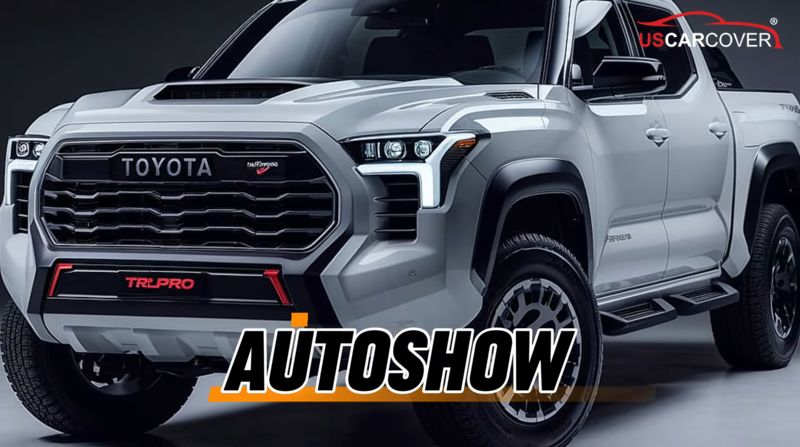
The 2026 Toyota Tacoma builds on the big leap that arrived with the 2024 redesign. It switches the rear suspension to a multi-link coil setup for better ride comfort and stability. The cabin is far more modern, with an available 14-inch center display, a 12.3-inch digital cluster, and upscale features like heated and ventilated seats, wireless charging, and a panoramic roof. Toyota also retired the old naturally aspirated 3.5 V6. In its place is a modern 2.4-liter turbocharged four-cylinder paired to an 8-speed automatic or an available 6-speed manual on certain trims. For the first time, you can also get the i-FORCE MAX hybrid, which promises stronger performance and improved efficiency. With two distinct powertrains, 2.4 Turbo gasoline and i-FORCE MAX hybrid, the key question is simple: which one is more economical over total cost of ownership. Below I compare purchase price, fuel use, maintenance, depreciation, real-world performance, features, and day-to-day convenience so you can choose confidently.
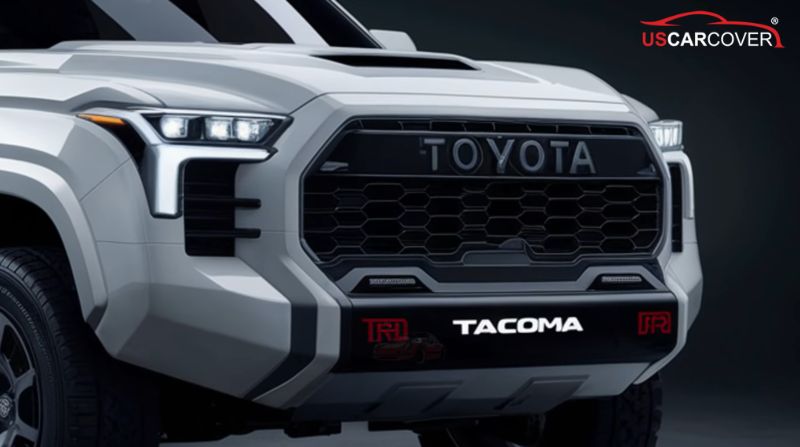
Related Articles: 2026 Toyota RAV4 Review: Is it still worth buying in the all-electric era?
Hybrid i-FORCE MAX vs 2.4 Turbo: what changes behind the wheel
- Tacoma 2.4L Turbo gasoline: The turbo four makes about 278 hp and 317 lb-ft of torque. That is V6-like horsepower with roughly 20 percent more torque than the old engine. Most trims pair it with an 8-speed automatic, and select TRD trims offer a 6-speed manual, where output drops slightly. There is no hybrid hardware, which keeps weight down and the setup simple.
- Tacoma i-FORCE MAX hybrid: This combines the same 2.4 turbo with an integrated electric motor in the 8-speed transmission and a NiMH battery under the rear seat. System output jumps to about 326 hp and 465 lb-ft of torque. Many hybrid trims are 4WD by default, and some use a full-time 4WD system with a locking center differential. Added motor and battery mass makes the hybrid roughly 200 to 220 kg heavier depending on trim.
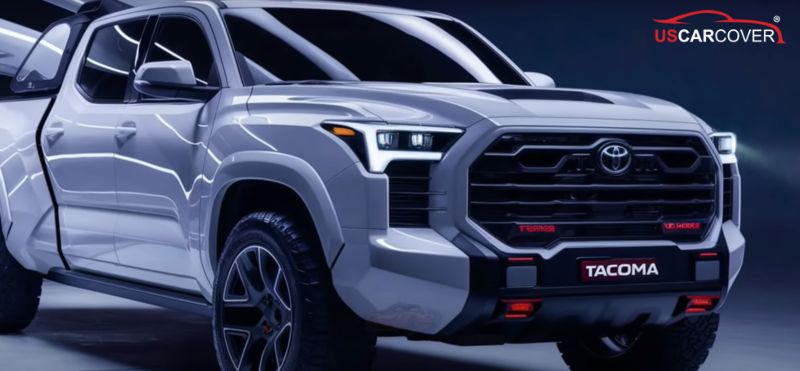
On the road: The hybrid delivers stronger low-end shove and smoother step-off thanks to instant electric assist. It can creep in traffic quietly on electric power and shuts the engine off at stoplights to save fuel. The gas 2.4 Turbo can show a hint of turbo lag at very low rpm but feels lively once spooled, and the lighter curb weight helps at higher speeds. Instrumented tests have shown some hybrids run about 0.8 to 1.0 second slower to 60 mph than comparable gas versions because of weight, even though peak torque is higher. For everyday driving both feel confident, and the hybrid’s big torque shines when towing or off-road where low-rpm pull matters. Note that a hybrid Double Cab 4x4 typically tows around 6,000 lb, a touch less than a similarly configured gas truck at around 6,400 lb. In return, the hybrid adds a very useful 120V power supply up to 2,400 watts in bed and cabin to run tools or camping gear.
Related Articles: 2026 Ford F-150 Review: 7 Trims and Packages to Consider (including the return of King Ranch and Platinum 2WD)
Fuel economy: is the hybrid’s advantage big enough
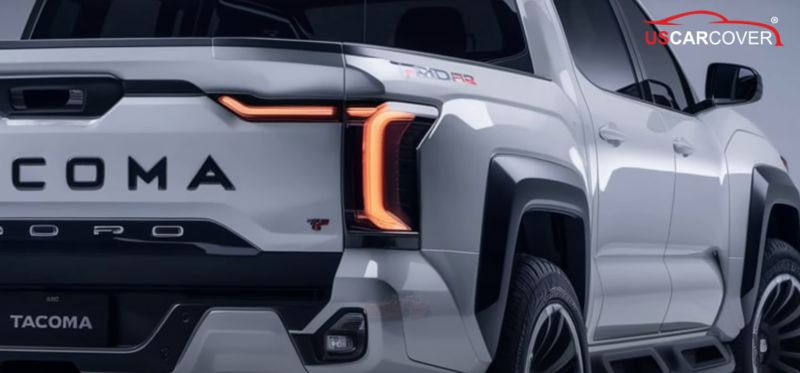
Fuel spend is a major piece of ownership cost. In mixed driving, many 2.4 Turbo Tacomas land around 20 mpg combined, while hybrid versions tend to deliver around 23 mpg combined. That is roughly a 15 to 20 percent improvement. In city use the gap widens a bit since the hybrid can shut off at stops and assist at low speeds. On the highway the heavier hybrid narrows the advantage.
A simple annual math example: drive 15,000 miles per year. At 20 mpg the gas truck uses about 750 gallons. At 23 mpg the hybrid uses about 652 gallons. You save about 98 gallons per year. If gas averages 3.80 dollars per gallon, that is about 370 dollars saved annually. At that rate you typically need many years of higher mileage to fully offset the hybrid’s higher sticker price. If you drive more than average or gas prices spike, the hybrid pays back faster. If you mostly cruise on highways with light loads, the gap shrinks.
Bottom line: the Tacoma hybrid does save fuel, but the advantage is modest, not dramatic, due to weight and performance tuning.
Related Articles: 2026 Chevrolet Suburban Review Can V8 & Diesel Still Beat Hybrid?
Purchase price: where the math starts
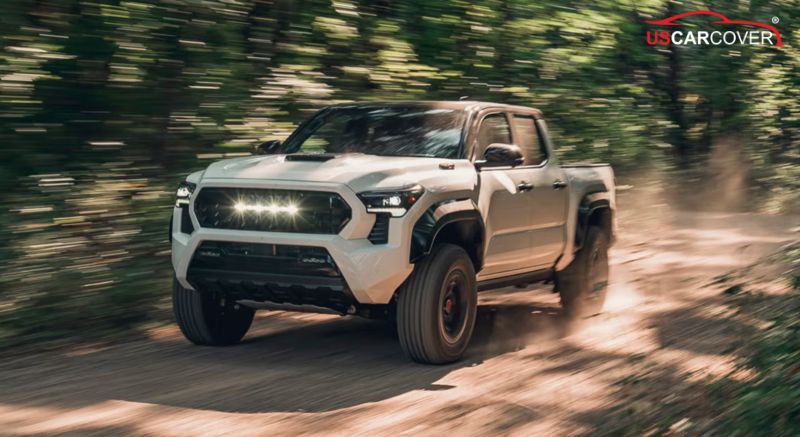
Sticker price drives total cost a lot. The i-FORCE MAX hybrid usually costs about 3,700 dollars more than the comparable 2.4 Turbo on the same trim. For example, if a TRD Sport gas model sits around the upper 40s, the hybrid sits a few thousand higher. Also, the hybrid is often bundled with richer equipment and 4WD, while gas power is available from lower trims like SR and SR5 with simpler spec and a much lower entry price. So your real-world gap can be larger depending on the trims you compare.
On the flip side, hybrid trims often include extra utility like the built-in 2.4 kW power outlets, plus more comfort and tech by default. If you already want those features, the hybrid’s premium is less painful. If you want a basic, budget-friendly work truck, the gas 2.4 Turbo remains the sensible entry point.
Related Articles: 2026 Toyota Hilux Review The Truth After I Drove It
Maintenance and reliability: what to expect over time
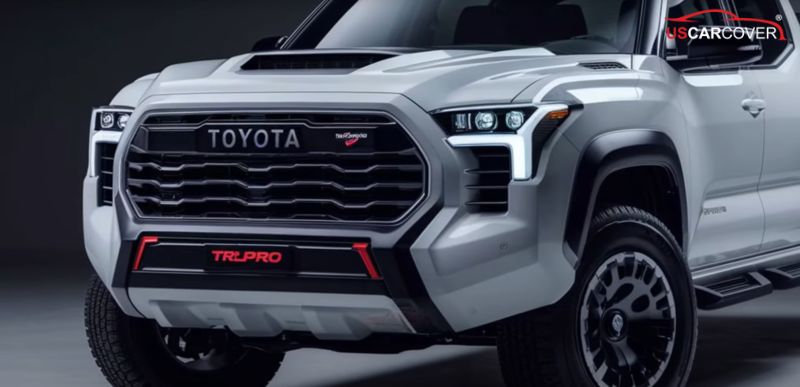
2.4 Turbo gasoline: This modern turbo four is used across Toyota and Lexus. Reliability to date has been solid with proper maintenance. The simplicity of a gas-only setup means fewer high-voltage components, widely familiar service procedures, and potentially slightly lower routine costs. Lighter weight also helps consumables like brakes and tires over time.
i-FORCE MAX hybrid: Toyota’s hybrid reputation is excellent. The Tacoma’s NiMH battery is relatively small and typically covered by a long hybrid warranty. Regenerative braking can extend pad life, and routine service schedules are similar to the gas truck. The tradeoff arrives in the very long term. If the battery eventually degrades beyond warranty, replacement is a significant expense. Complex systems also mean major repairs are best handled at dealers. For most owners in the first decade, maintenance costs are usually comparable to the gas model, with the hybrid saving a little on fuel and brakes
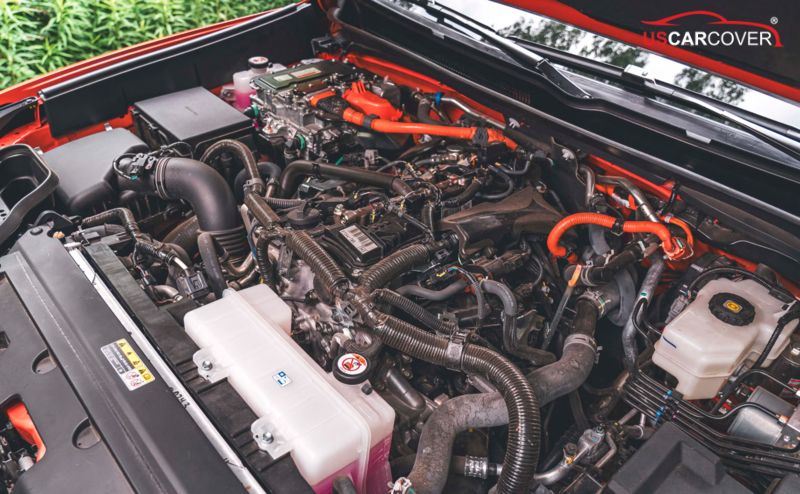
Depreciation and resale value
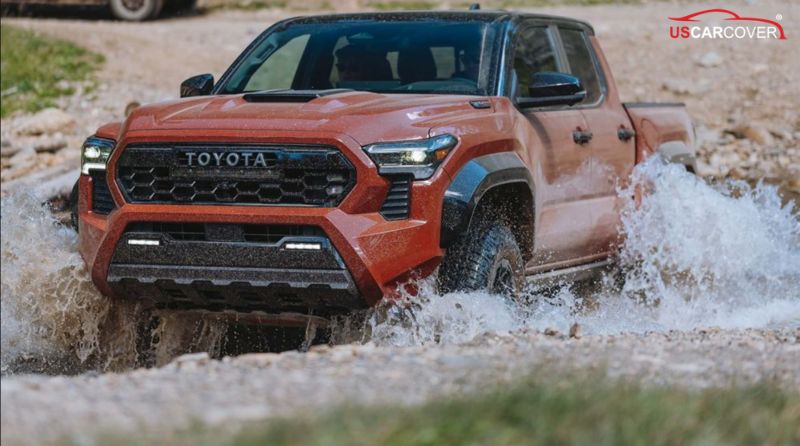
acoma is known for strong resale. Historically, both powertrains should hold value well.
The gas 2.4 Turbo benefits from a lower upfront price, so even with similar percentage depreciation the absolute dollars lost can be smaller. Some used buyers also prefer non-hybrid simplicity, which can help liquidity after five to seven years.
The hybrid commands a higher new price. If fuel prices stay high or emissions rules tighten, used demand for hybrids can be robust. In absolute dollars, the hybrid may still lose more simply because it started higher, but in percentage terms it can mirror the gas model.
Features and convenience in daily life
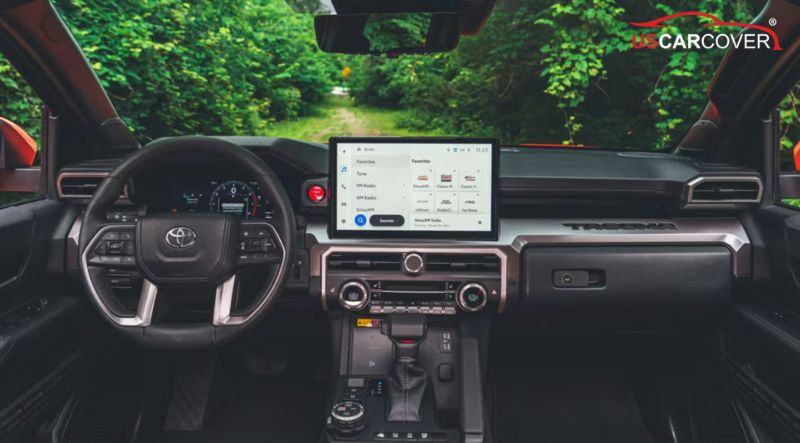
Interior space and storage: Both trucks seat five, but there is a practical difference. Because the hybrid’s battery sits under the rear seat, you typically cannot flip the rear cushion up to create extra in-cab storage like you can in many gas models. If you often stash gear inside the cab, the gas truck has a slight edge. Hybrid trims, however, tend to be better equipped overall, frequently bundling SofTex upholstery, larger screens, 360-degree cameras, premiumaudio, and advanced driver aids.
Driving experience and convenience: The hybrid feels quieter and smoother in town, gliding away on electric assist and shutting off at stops. It needs less throttle to move off the line, which fits urban stop and go. The gas truck is more traditional. It is always engine-on, has more audible growl under throttle, and offers a more direct feel that some drivers enjoy. The hybrid’s built-in 120V power is a big win for camping and job sites. If you want a manual transmission, only the gas 2.4 Turbo offers one on select TRD trims.
Related Articles: 2025 Cadillac Escalade V-Series Review: Power, Luxury, and Performance Through a Veteran’s Eyes
So, which Tacoma is more economical overall
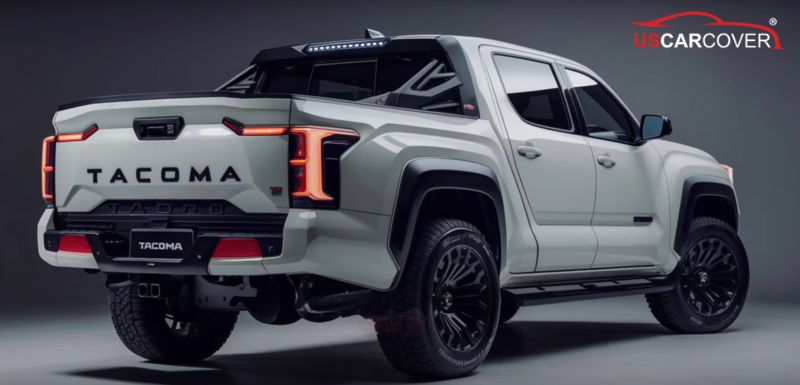
- Choose the 2.4 Turbo gasoline if your top priority is lowest total outlay over the next five to seven years. The truck costs less to buy, regular maintenance is straightforward, and real-world fuel gap versus the hybrid is not huge for average mileage. Resale remains strong, and there is no hybrid battery to consider long term.
- Choose the i-FORCE MAX hybrid if you value stronger torque, richer equipment, quieter city manners, and you plan to use the truck hard. Heavy miles, frequent towing, lots of stop and go, or regular off-road trips all tilt the math toward the hybrid. You enjoy lower fuel spend, the convenience of onboard power, and standout performance at low rpm. Over time, if you drive more than average or fuel prices rise, the hybrid’s premium pays back faster.
In short: if you judge purely by dollars, most typical owners will find the gas 2.4 Turbo more cost effective. If you weigh value as performance, capability, convenience, and some fuel savings, the hybrid delivers a higher-quality ownership experience that can justify its higher price, especially for active use.
How to protect your 2026 Toyota Tacoma with a car cover
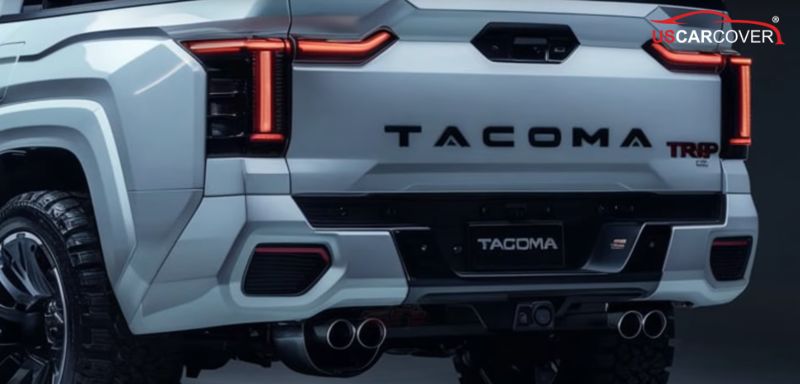
No matter which Tacoma you choose, it is a significant investment. Protect the paint, trim, and interior from UV, rain, dust, sap, and bird droppings with a quality custom-fit car cover. A multi-layer, water resistant yet breathable cover with a soft inner liner helps prevent micro-scratches from wind-blown grit and keeps the cabin cooler in summer. Elastic hems, tie-down straps, and reflective accents improve security and visibility if you park outdoors.
If you want a ready solution, check custom-fit covers for the 2026 Toyota Tacoma in outdoor all-weather, premium multi-layer, or indoor dust configurations. A small upfront spend preserves exterior condition, reduces detailing costs, and supports higher resale later.
